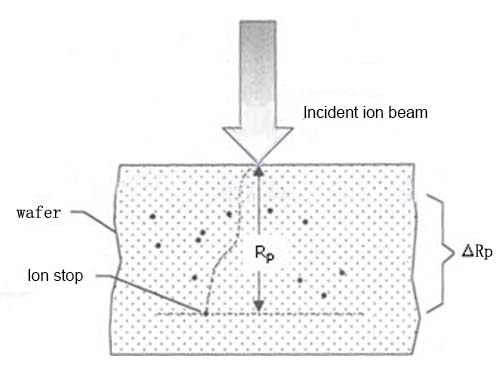
Products Center
Top ten high-end specialty thin material products
Products
Product manual
Ion implantation is a kind of material surface modification high and new technology that has been vigorously developed and widely used internationally in the past 30 years. It has realized the optimization of the surface performance of the material or can obtain some new excellent performance. Due to the unique and prominent features of this high-tech, it is a very important technology in modern integrated circuit manufacturing. It uses an ion implanter to achieve semiconductor doping and change the conductivity of the semiconductor and the structure of the transistor.

Application
Since the ion source is converted to plasma ions during ion implantation, the operating temperature will be above 2000 ℃, and the ion beam will also generate a large amount of kinetic energy when the ion beam erupts, and the general metal will quickly melt. Therefore, inert metals with relatively large mass and density are required to maintain the direction of the ion beam and increase component durability. Tungsten material has the advantages of stable high temperature chemical performance, low thermal denaturation and long service life. It has become the first choice for ion source parts and consumables of ion implanters in the semiconductor industry. These are collectively referred to as ion implanted tungsten parts


Everyone is watching

Products
Precious metal functional materials
High-quality optoelectronic materials/high-purity targets
Refractory metals and their alloys
Special alloy/special steel
Spherical | Nano powder
Biomedical/3D printing products
Compound
Rare metals and their alloys
Rare metals and their alloysRare Metal Concept Cultural/Art/Collectible
Nuclear energy Nuclear power Nuclear industry
High temperature heat container
Microelectronics industry Chip thermal sink
Semiconductor equipment MOCVD thermal field
High efficiency & long life Wire for wire cutting
Medical equipment Medical instruments
Artificial bone joint Bioimplantation
Rare metal cultural & creative art collection Precious metal
Plasma|Special Welding Electrode
Ultra Minor Metals Ltd (UMM) all rights reserved 湘ICP备17001881号 by:www.300.cnchangsha





